
Background information
Samsung Galaxy S: the legend lives, but only just
by Jan Johannsen
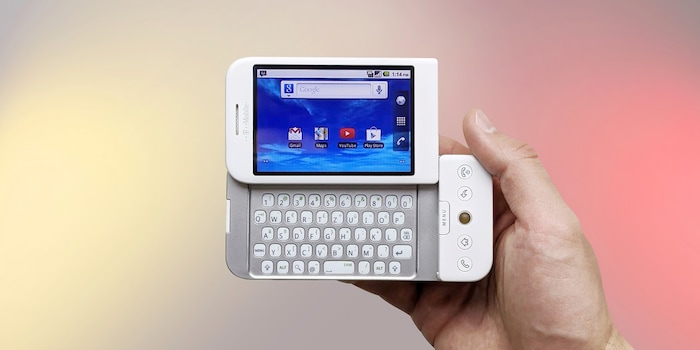
Android is turning 15 years old. With that, the operating system is still a teenager – but we’re reminiscing anyway.
On 21 October 2008, Android officially entered the stage. One day later, the first Android smartphone went on sale. The HTC Dream (pictured in the header image) also became known under the name T-Mobile G1. However, it was only several months later that Europe got its hands on the device.
Let’s start at the very beginning: in January 2007, Apple introduced the iPhone, turning the world of mobile phones upside down. Consequently, the key question in the fall of 2008 was still, «Who will be the company to release the iPhone killer?» Or in less extreme terms, at least a device that can keep up with the iPhone?
Previous attempts – Samsung and HTC with Windows Mobile, Blackberry with Palm OS and Nokia with S30 or S40 – certainly couldn’t hold a candle to iOS. So hopes were accordingly high for Android. Since November 2007, Google had no longer been working on this alone, but gathered 33 other companies under the Open Handset Alliance. Just under a year later, we saw the first fruits of the collaboration.
15 years later, Android still hasn’t ousted the iPhone. However, it’s still the only smartphone OS that can seriously compete with iOS.
Work on Android didn’t begin as a response to the launch of the iPhone. Back in 2003, Andy Rubin founded an eponymous company to produce software for mobile phones. Does the name sound familiar? That’s because in 2017, Rubin attempted to establish a new smartphone brand with Essential. In 2021, however, it was sold to Nothing, and the know-how incorporated into the Phone (1).
Rubin had already sold a company almost 15 years earlier. In 2005, Google took over Android. That year, Steve Jobs introduced the Motorola ROKR E1 with iTunes. This gave new impetus to speculations about a mobile phone from Apple.
Meanwhile, Google relied on other manufacturers opting for Android from the beginning. It wasn’t until 2010 that Google released its own smartphone, the Nexus One.
2010 also marked the beginning of my personal journey as an Android user. I bought the Samsung Galaxy S.
From 2008, I was a volunteer at Netzwelt. Now, mobile phones weren’t part of my subject area. But in the editorial office, I was still able to take a look at the iPhone, supposed iPhone killers and the earliest Android devices. I first held the T-Mobile G1 in January 2009. However, my recollection of it is very faint. With its touchscreen and keyboard – which you accessed by sliding out the display – it was something totally new. And then Android came along to boot! Even though it did much less than today and also had way fewer apps to choose from at launch.
In the summer of 2009, I took a real shine to my first-ever smartphone: an HTC Magic running Android 1.6. At 119 grammes, it was a featherweight compared to today’s phones. And it had a special feature I miss to this day: in addition to touch, it could also be operated with a small trackball located below the display. It was great for scrolling, much easier that way. Oh, and the little ball lit up in a superbly cool way every time the phone rang.
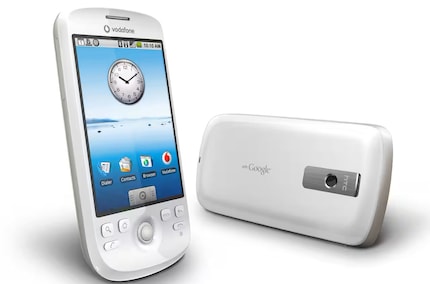
The smartphone era has captivated me from the very beginning. But in my eyes, it wasn’t a new world that fascinated me, but the fusion of two device types. Before the HTC Magic, my daily companions included a cell phone and a Pocket PC. In 2003, I came into possession of an HP iPAQ, which did everything that the first Android phones could do, except make calls. Thanks to Tom Tom Navigator and a GPS receiver, I used my Pocket PC to navigate across Europe for half a decade. But that’s over now; two worlds have merged. It’s magic.
I flirted with smartphones for a long time. The HTC Hero was one of the first devices I had my eye on to replace my Sony Ericsson W800. But Android didn’t seem fully mature yet. It was also crucial for me that the phone have at least 32 GB of memory so that I could transfer my entire music collection from my iPod. That way, I could carry around just one instead of two devices.
I finally ended up buying the Motorola Droid in 2009. A test in the Tages-Anzeiger newspaper said that Android was a contender to the iPhone. So, I drove to Wohlen, Aargau the same day and picked up the device at the Digitec shop. Unfortunately, it was only compatible with a 16 GB microSD card, but support for larger memory was supposed to be added later. Even back then, I was an impatient lad.
I found the phone’s retractable keyboard great. It was much better to type on than the touchscreen. In all my enthusiasm, I exceeded my mobile plan’s data limit on the train ride back home. The world of Android was that riveting. I had to surf the web, listen to music and, of course, download apps from the Android Market. It was an exciting time that I look back on fondly.
When the first mass-market smartphones came to Switzerland, I was sure they’d flop. After all, there were hardly any usable or affordable mobile data plans. Not to mention the iPhone 3G didn’t even support Bluetooth or MMS. LOL. I got into the Android game in 2009 with the LG GM730. It was MP3-capable and featured a three-inch display and 1,000 mAh battery. Even with the 3G option disabled, the battery lasted just 6 hours.
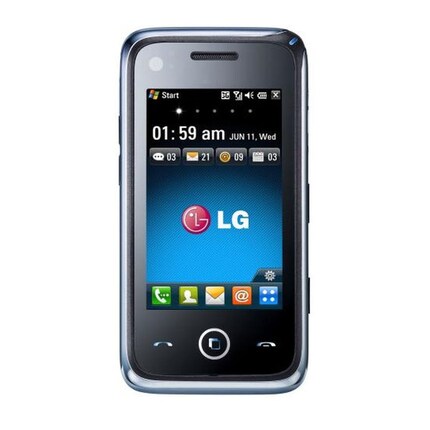
I almost found myself longing for my old Sony Ericsson. My LG phone only lasted a year. It didn’t survive my vacation in Budapest. Accident or subconscious intention? Who knows! Lucky for me, Samsung had just introduced the Galaxy S, which became the successor to my LG.
What a thrill the beginning of 2010 was at my workplace! We had just launched our first app for the iPhone, when a second big name entered the smartphone business: Google’s Nexus One, manufactured by HTC.
As it wasn’t officially available in Switzerland, I was tasked with importing it. I was to organise several of these phones; everyone wanted to be in on the hype. I even got a test device, paid for by the media company I worked for. Shipping and fees for the intermediary in the USA ran us over 100 francs, but that wasn’t a problem.
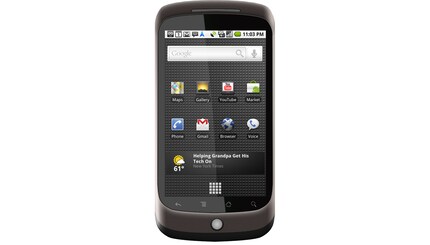
However, the enthusiasm quickly died down. This mysterious Android’s software wasn’t really any better than Apple’s. And I can still recall the tedious trackball navigation that I already disliked on laptops. What I did like, however, were the widgets and the look of the software. It fit well with the then cutting-edge device design featuring a slightly larger screen.
I don’t get the smartphone hype. I can’t wrap my head around my colleagues’ enthusiasm. A bold statement for a tech editor, I know. But just because you’re interested in cars doesn’t mean you’re automatically interested in motorcycles. Consequently, I have no memory of my first time with Android. Not a specific one, anyway. I have to dig google really deep to find any points of reference.
My first phone with a touchscreen was still a non-Android model. According to Google, it must have been a 2008 Samsung Omnia SGH-I900. After that, I switched from Windows Mobile to an iPhone 4 and only jumped on the Android bandwagon in 2014. At least that’s what I think. If I remember correctly, it was a Sony Xperia Z2. Back then, the switch was breezy, and I didn’t find myself missing anything from iOS. And that’s that.
The first Android device I had was the Yotaphone 2 back in 2015. This particular smartphone had an e-ink screen on the back, which I found handy for my two-week bike tour. The screen was easy to read in sunlight and used hardly any power. This allowed me to leave the navigation on all day.
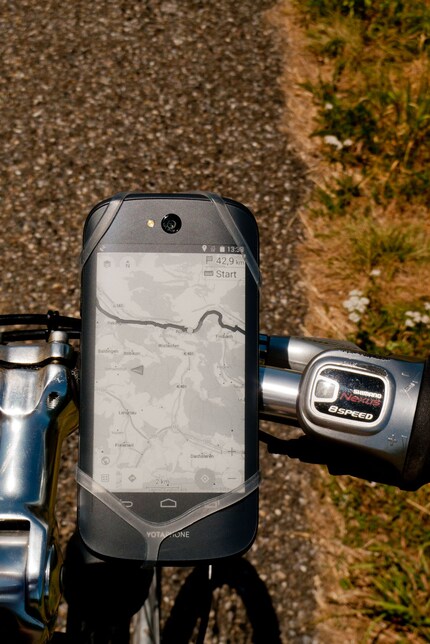
I’m still a fan of the e-ink screen to this day. But I sold the Yotaphone 2 after my bike tour. At the time, I thought I was better off not owning a smartphone. What’s more, the camera was a disappointment.
What was your first Android device? Was your first meeting a special moment? Share your memories with us in the comments!
Header image: Mr.Mikla/Shutterstock.com
As a primary school pupil, I used to sit in a friend's living room with many of my classmates to play the Super NES. Now I get my hands on the latest technology and test it for you. In recent years at Curved, Computer Bild and Netzwelt, now at Digitec and Galaxus.
Interesting facts about products, behind-the-scenes looks at manufacturers and deep-dives on interesting people.
Show all